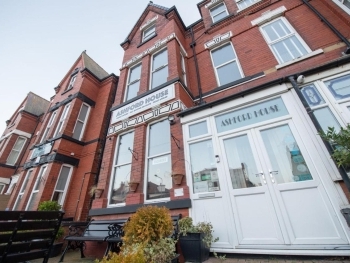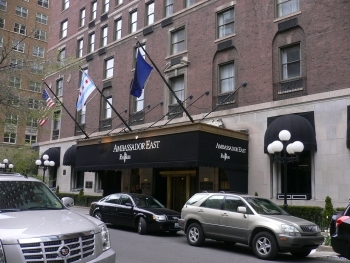The name “Waldorf” is inextricably linked with “Astor” in public consciousness, a connection forged by the legacy of John Jacob Astor I, the wealthiest man in the United States at the time of his death in 1848. Astor, who emigrated from the German city of Walldorf, became America's first millionaire. His legacy continued through his descendants, including two prominent cousins: John Jacob Astor IV and William Waldorf Astor.
John Jacob Astor IV, famously known for his tragic death on the Titanic in 1912, and William Waldorf Astor, who controversially became a British Viscount and died in 1919, often found themselves in a rivalry. William’s elevation to British nobility could be seen as a final triumph in their lifelong competition.
William’s branch of the family adopted the Anglicized version of their ancestral name, “Waldorf.” This change was immortalized when William opened a grand hotel on London’s Aldwych in 1908, aptly named The Waldorf. On August 18th, The Waldorf (now the London Hilton Waldorf) honored its founder by introducing a new cocktail, the Astor Hip Flask. Crafted by head barman Nelson Bernades, this whisky-based cocktail is served in a reproduction Edwardian hip flask, allowing guests to enjoy it leisurely.
The Astor Hip Flask is now a feature of Good Godfrey’s, the Waldorf’s new cocktail bar overlooking Aldwych, which opened earlier this year. The bar is named after Howard Godfrey, leader of The Waldorfians orchestra in the 1930s. Godfrey and his orchestra played a significant role in popularizing the tango in inter-war London and recorded “live at the Waldorf” 78 rpm records.
Meanwhile, across the Atlantic, another significant Waldorf establishment has its own storied history linked to the Astor family. New York’s first Waldorf Hotel was built in 1893 on 5th Avenue by William Waldorf Astor, on the site of his father's house. This move was not without controversy, as it placed the hotel adjacent to the home of his aunt, Caroline Webster Schermerhorn Astor, with whom he had strained relations.
Enter John Jacob Astor IV, who persuaded his aunt to relocate closer to Central Park. He then acquired her property to construct his own hotel, the Astoria, which was four stories taller than the Waldorf and opened in 1897. The two buildings were connected by a passageway known as Peacock Alley, symbolizing both unity and potential separation, as the families had not fully reconciled their investments. Eventually, the two hotels merged, becoming known as the Waldorf-Astoria, or simply “The Hyphen” in New York.
The Waldorf-Astoria redefined the concept of city hotels, transforming them from mere lodging places into social hubs. In the early 1900s, New York's elite “400” celebrated at the Waldorf-Astoria, which rivaled the grandeur of Versailles or the Court of St. James.
Following the death of George Boldt in 1918, the Waldorf-Astoria was sold by the Astor family to General Coleman DuPont, who appointed Lucius Boomer to manage it. However, the advent of Prohibition and the Great Depression led to the hotel's closure in 1929, and it was demolished to make way for the Empire State Building. As a farewell gesture, the board of directors allowed Boomer to purchase the Waldorf-Astoria name for a dollar.
Soon after retiring to Florida, Boomer was invited to manage a new Waldorf-Astoria hotel, constructed by Louis Horowitz at 301 Park Avenue. This iconic Art Deco hotel continues to honor its dual heritage in its ground-floor bar, known since the 1960s as Peacock Alley.
In recent years, the Hilton group has subtly renamed the Waldorf-Astoria by doubling the hyphen to Waldorf=Astoria, a symbolic gesture towards equality and the end of the historic rivalry between William Waldorf Astor and John Jacob Astor IV. This new branding, “Waldorf Astoria Hotels,” has been adopted for Hilton’s luxury and landmark properties, proving that indeed, a lot is in a name.


